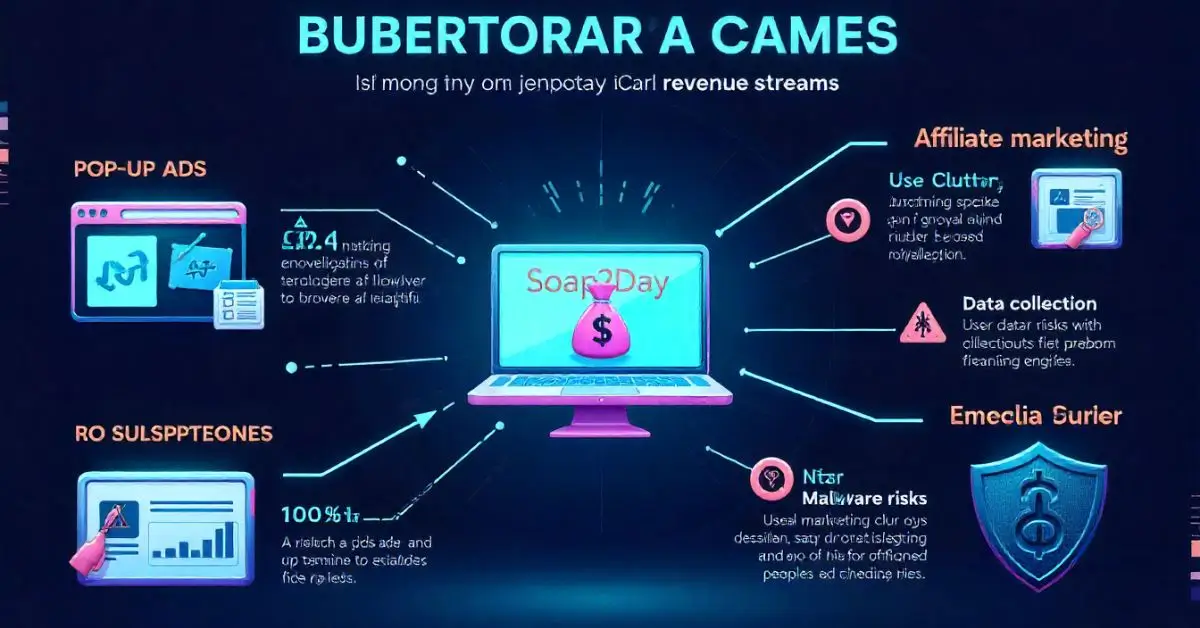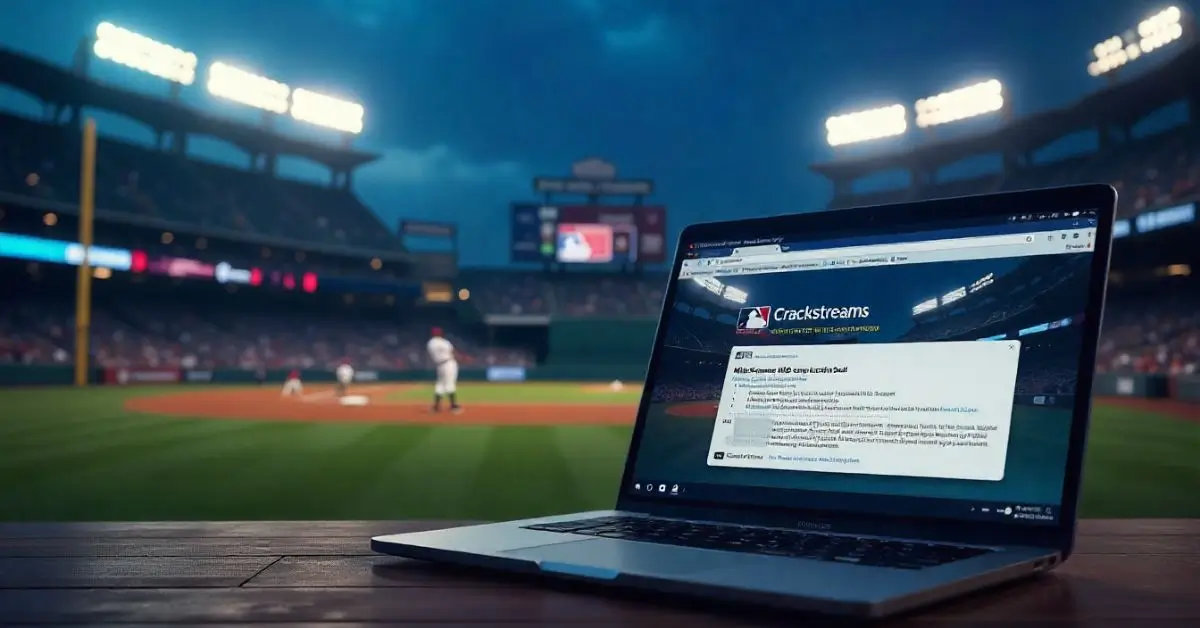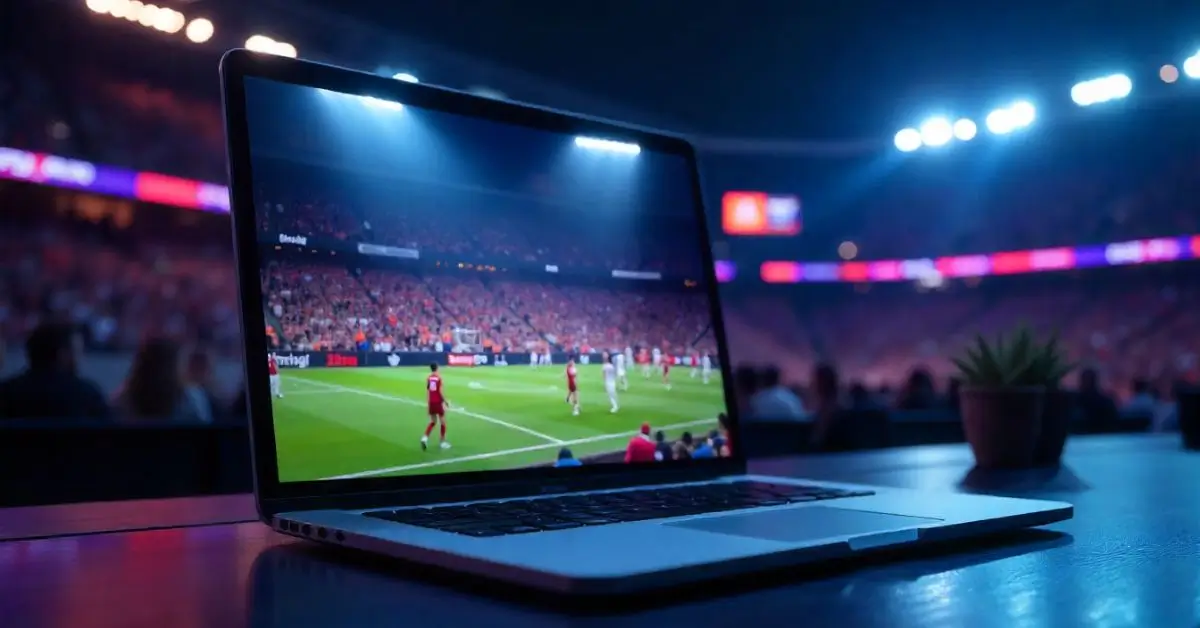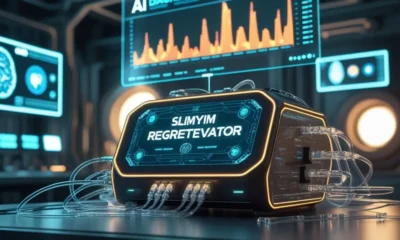ENTERTAINMENT
Mario Moreno Bernat: The Complex Legacy of a Forgotten Heir

Mario Moreno Bernat, the grandson of legendary Mexican comedian Cantinflas (Mario Moreno), was born into fame but lived a life marked by emotional and legal turmoil. Raised between privilege and controversy, Mario Moreno Bernat was the child of Mario Moreno Ivanova and Sandra Bernat. His early years were shaped by a fractured family dynamic, with constant battles over inheritance, identity, and media attention.
Despite growing up in a wealthy and recognizable household, Mario Moreno Bernat endured hardships that rarely matched the public’s perception of a celebrity heir. According to family interviews and accounts, he experienced psychological struggles from a young age. These challenges, combined with parental instability, contributed to a life marked by emotional volatility.
Family Conflict and Inheritance Disputes
One of the defining elements of Mario Moreno Bernat’s life was the protracted legal conflict over the Cantinflas estate. His grandfather, Cantinflas, had amassed a vast fortune and intellectual property that became the center of bitter court battles. The rights to the Cantinflas film catalog, royalties, and brand image were all hotly contested, primarily between Mario Moreno Ivanova and film studios.
These legal battles extended to Mario Moreno Bernat, who was considered one of the key descendants in the line of inheritance. Unfortunately, the young heir often found himself used as a pawn in the conflict, with each side claiming moral superiority. This environment of constant strife further destabilized his well-being and sense of identity.
A Life Marked by Struggles and Alienation
While the public expected Mario Moreno Bernat to follow in his grandfather’s illustrious footsteps, his life took a different turn. He reportedly struggled with depression and substance abuse, leading to multiple incidents of hospitalization and intervention. His social media presence and personal statements often hinted at a troubled internal world, disconnected from the fame attached to his family name.
Mario’s relationship with his father, Mario Moreno Ivanova, was strained. Allegations of abuse, emotional neglect, and manipulation surfaced in interviews conducted before his untimely death. Friends of the family reported that Bernat felt isolated, often calling himself “the invisible Moreno” due to how he was treated in public and private family settings.
Tragic Death and Public Reaction
In 2013, the world was shocked to learn that Mario Moreno Bernat had died by suicide at the young age of 22. Found in a hotel room in Mexico, the news sent ripples through Latin American media. While the initial coverage focused on the tragic nature of his death, deeper analysis later uncovered the years of psychological and emotional strain he had endured.
His passing reignited debates around celebrity legacy, mental health, and the responsibilities that come with being an heir to cultural icons. Fans of Cantinflas expressed their condolences, while critics pointed out how the family’s infighting may have contributed to the young man’s tragic end.
Comparison Table: Moreno Bernat vs. Other Celebrity Heirs
| Feature | Mario Moreno Bernat | Paris Jackson | Frances Bean Cobain | Enrique Iglesias | Liza Minnelli |
|---|---|---|---|---|---|
| Cost of Public Life | High emotional toll, low gain | High media scrutiny | Balanced exposure | Low controversy | Historical media fascination |
| Inheritance Efficiency | Legal turmoil, low access | Controlled trust fund | Structured asset management | Strategic independence | Managed by guardians early |
| Ease of Use of Legacy | Difficult due to court battles | Mixed public sentiment | Limited public use of name | Independent music career | Continued family name |
| Public Perception | Sympathy post-mortem | Compassion and intrigue | Quiet dignity | Mostly positive | Revered showbiz lineage |
| Mental Health Support | Limited or ignored | Ongoing therapy and rehab | Periodic therapy | Stable public persona | Past substance abuse, recovered |
Cultural Identity and Public Memory
The Mexican public has a long-standing emotional connection to Cantinflas, which inevitably influenced how Mario Moreno Bernat was perceived. However, unlike his grandfather, who brought laughter and social commentary to millions, Bernat remained a shadow figure, known more for his family name than his own achievements.
Some fans and historians argue that his life symbolizes the darker side of cultural inheritance — where family legacies can serve more as burdens than blessings. Mario Moreno Bernat lacked the freedom to define his own narrative, as the weight of Cantinflas’s cultural impact often overshadowed any personal milestones he might have pursued.
Psychological Burden of Being a Celebrity Descendant
Living in the shadow of greatness can be as daunting as it is prestigious. Mario Moreno Bernat serves as a textbook case in the psychological strain of growing up in a legacy-laden environment. From expectations to carry the family name forward to facing public scrutiny from an early age, Bernat’s emotional health was repeatedly compromised.
Experts in child psychology suggest that celebrity children often need heightened emotional support, identity counseling, and personal boundaries to thrive — tools Bernat reportedly lacked. He once claimed he “was born into a script he never wrote,” emphasizing how little control he felt over his own destiny.
Media’s Role in Shaping His Narrative
Mexican and Latin American media played a significant role in how Mario Moreno Bernat was portrayed. While early coverage centered on him as a charismatic heir to Cantinflas, this quickly shifted to sensationalist stories following his behavioral issues and eventual demise. The media rarely explored the deeper systemic and familial reasons behind his struggles.
This selective coverage contributed to the public’s misunderstanding of who Mario Moreno Bernat truly was. With limited counter-narratives and rare personal interviews, much of his life remains obscured behind headlines and rumors.
Legal Complications and Their Impact
The legal battles surrounding the Cantinflas estate were not just a backdrop but a central force shaping Bernat’s life. Conflicts over copyrights, film royalties, and estate ownership added layers of stress to an already fragile mental state. These disputes not only drained the family’s resources but also distorted their interpersonal dynamics.
Legal analysts frequently cited the Moreno family’s ongoing litigation as a cautionary tale of what happens when estate planning is mismanaged. For Mario Moreno Bernat, the failure to resolve these issues meant living under a constant threat of instability and public shaming.
Posthumous Recognition and Legacy
Despite his short and troubled life, Mario Moreno Bernat has begun receiving posthumous recognition. Some cultural critics have called for a more compassionate and humanizing portrayal of his life, emphasizing his challenges rather than sensationalizing his downfall. Documentaries and think-pieces now aim to tell a fuller story.
This shift in narrative has also led to discussions about how to handle celebrity legacies more responsibly, particularly when they involve younger descendants. Mario Moreno Bernat’s legacy serves as both a caution and a call to action — urging society to prioritize mental health, ethical estate handling, and individual autonomy.
Conclusion:
Mario Moreno Bernat remains one of the most poignant cautionary tales in Latin American celebrity culture. As the grandson of Cantinflas, he inherited not just a name but a set of expectations and burdens that eventually became too heavy to carry. His life, though marked by privilege, was equally shadowed by conflict, emotional neglect, and legal warfare.
While his story is heartbreaking, it also shines a light on the psychological and legal realities of being born into fame. Going forward, Mario Moreno Bernat should be remembered not just as a tragic figure but as a person who deserved better protection, understanding, and freedom.
Explore More
FAQ’s
What was Mario Moreno Bernat known for?
Mario Moreno Bernat was primarily known as the grandson of iconic Mexican comedian Cantinflas. He gained media attention due to inheritance disputes and personal struggles before his untimely death.
How did Mario Moreno Bernat die?
He died by suicide in 2013 at the age of 22. His death brought public attention to mental health issues and the pressures faced by celebrity descendants.
Was Mario Moreno Bernat involved in the entertainment industry?
No, he did not follow his grandfather into the entertainment industry. Despite the public expectation, he remained largely outside of the spotlight in terms of professional work.
What legal issues did he face?
Mario Moreno Bernat was indirectly involved in long-standing legal battles over the Cantinflas estate, which caused emotional distress and family conflict throughout his life.
Did he have a good relationship with his father?
Reports suggest that his relationship with his father, Mario Moreno Ivanova, was strained. Allegations of abuse and neglect surfaced before his death.
Why is Mario Moreno Bernat’s story significant?
His story highlights the hidden struggles faced by the children of famous individuals, especially when burdened with unresolved family and legal issues. It calls for better mental health support and ethical handling of celebrity legacies.
ENTERTAINMENT
How Does Soap2Day Make Money? A Deep Dive Into Its Revenue Model

Soap2Day, a popular free streaming platform, has garnered attention for offering movies and TV shows without subscription fees. But how does Soap2Day make money if users aren’t paying to access content? The answer lies in a combination of advertising, affiliate partnerships, and other monetization strategies that keep the platform running while providing free entertainment.
Understanding Soap2Day’s Business Model
Unlike legitimate streaming services such as Netflix or Hulu, Soap2Day operates in a legal gray area by hosting copyrighted content without proper licensing. This raises ethical and legal concerns, but it also explains why the platform relies on alternative revenue streams rather than subscriptions.
Primary Revenue Streams of Soap2Day
Soap2Day’s ability to stay online depends on several monetization tactics:
-
Advertising Revenue
-
Affiliate Marketing
-
Data Collection & User Analytics
-
Donations & Voluntary Contributions
-
Malware & Redirect Risks
Each of these methods plays a role in how Soap2Day makes money, though some are more controversial than others.
1. Advertising: The Core of Soap2Day’s Earnings
Advertising is the backbone of Soap2Day’s revenue model. The platform displays multiple types of ads, including:
-
Pop-up and Redirect Ads – These force users to new tabs, often promoting dubious products.
-
Video Ads – Pre-roll or mid-roll ads that play before or during streams.
-
Banner Ads – Static or animated ads placed around the video player.
Since Soap2Day doesn’t charge users, advertisers pay to reach its large audience. However, many of these ads are intrusive and may lead to malicious websites, raising security concerns.
2. Affiliate Marketing: Earning Through Referrals
Another way Soap2Day makes money is through affiliate partnerships. The platform may include links to third-party services (VPNs, movie merchandise, or other streaming sites) and earn commissions when users click or make purchases.
While this is a common monetization strategy, the lack of transparency about these partnerships can mislead users into engaging with untrustworthy vendors.
3. Data Collection & User Analytics
Free streaming sites often collect user data, including:
-
IP addresses
-
Browsing habits
-
Device information
This data can be sold to third-party advertisers or used to target ads more effectively. While not unique to Soap2Day, this practice raises privacy concerns, especially since the site lacks clear data protection policies.
4. Donations & Voluntary Contributions
Some users voluntarily donate to support the platform, believing they’re helping maintain free access to content. However, these contributions are often minimal compared to advertising revenue.
5. Malware & Redirect Risks: The Dark Side of Free Streaming
One of the biggest criticisms of Soap2Day is its association with malware. Many ads on the site lead to phishing scams or unwanted software downloads. While not a direct revenue stream, these risks highlight the trade-off between free content and user security.
Comparison: Soap2Day vs. Legitimate Streaming Services
To better understand how Soap2Day makes money compared to legal platforms, let’s examine key differences:
| Feature | Soap2Day | Legitimate Services (e.g., Netflix) |
|---|---|---|
| Cost | Free | Subscription-based |
| Revenue Model | Ads, Affiliates | Subscriptions, Licensing |
| Content Legality | Unlicensed | Fully Licensed |
| User Safety | High Risk | Secure & Regulated |
| Ad Experience | Intrusive Ads | Minimal or No Ads |
This comparison shows why Soap2Day can offer free content—its monetization comes at the expense of user experience and security.
Ethical & Legal Concerns Surrounding Soap2Day
While Soap2Day’s revenue model is effective, it operates in violation of copyright laws. Major studios and anti-piracy organizations actively work to shut down such sites, meaning users risk:
-
Legal repercussions for accessing pirated content.
-
Exposure to malware and scams.
-
Unreliable service due to frequent domain changes.
How Users Can Stay Safe
If you choose to use free streaming sites, consider these precautions:
-
Use a reputable ad-blocker to minimize malicious ads.
-
Avoid entering personal information.
-
Consider legal alternatives to support content creators.
Conclusion
Soap2Day makes money primarily through aggressive advertising, affiliate marketing, and data collection—methods that prioritize profit over user safety. While the platform offers free access to movies and TV shows, the risks often outweigh the benefits. Understanding how Soap2Day sustains itself helps users make informed decisions about their streaming habits.
FAQs
Is Soap2Day legal?
Soap2Day operates illegally by hosting unlicensed content. Users accessing such sites may face legal consequences depending on local copyright laws.
Does Soap2Day have viruses?
Due to intrusive ads and redirects, Soap2Day is known to expose users to malware and phishing scams.
Why does Soap2Day have so many ads?
Ads are the primary way Soap2Day makes money since it doesn’t charge subscription fees.
Can I get in trouble for using Soap2Day?
While individual users are rarely prosecuted, accessing pirated content is illegal in many countries.
Are there safer alternatives to Soap2Day?
Yes, legal streaming platforms like Netflix, Hulu, and Disney+ offer secure, licensed content.
How long will Soap2Day stay online?
Piracy sites frequently face shutdowns, so Soap2Day’s availability is unpredictable.
ENTERTAINMENT
Crackstreams MLB: Your Ultimate Guide to Free Baseball Streams

Crackstreams MLB has become a popular search term among baseball fans looking for free, high-quality streams of Major League Baseball games. With the rising costs of cable subscriptions and streaming services, many fans turn to alternative platforms to catch their favorite teams in action. However, while Crackstreams MLB offers convenience, it’s essential to understand the risks, benefits, and legal alternatives available. This guide explores everything you need to know about Crackstreams MLB, from its functionality to safer viewing options.
What Is Crackstreams MLB?
Crackstreams MLB is an unofficial streaming platform that provides live broadcasts of MLB games without requiring a paid subscription. Unlike official services like MLB.TV or ESPN+, Crackstreams operates in a legal gray area, offering free access to games that would otherwise require a subscription. While this may seem appealing, users should be aware of potential drawbacks, including unreliable streams, pop-up ads, and legal concerns.
How Does Crackstreams MLB Work?
Crackstreams MLB aggregates live streams from various sources, allowing users to watch games in real time. The platform typically lists ongoing and upcoming MLB matches, making it easy for fans to find their desired games. However, because these streams are unauthorized, they often lack the stability and quality of licensed services. Users may encounter buffering issues, sudden disconnections, or even malicious ads that could compromise device security.
Pros and Cons of Using Crackstreams MLB
Before relying on Crackstreams MLB for your baseball fix, consider the advantages and disadvantages:
Pros:
✔ Free Access – No subscription fees or paywalls.
✔ Wide Game Selection – Covers most MLB games, including playoffs.
✔ No Regional Restrictions – Bypasses blackout rules that affect official services.
Cons:
✖ Legal Risks – Unauthorized streaming may violate copyright laws.
✖ Poor Stream Quality – Frequent lag, low resolution, and sudden drops.
✖ Security Concerns – Malware and phishing risks from intrusive ads.
Legal Alternatives to Crackstreams MLB
If you want to enjoy MLB games without the risks associated with Crackstreams MLB, consider these legitimate alternatives:
-
MLB.TV – The official streaming service with HD quality and no blackouts (for out-of-market games).
-
ESPN+ – Offers select MLB games along with other sports content.
-
YouTube TV / Hulu + Live TV – Includes regional sports networks for local game coverage.
-
FuboTV – A sports-centric streaming service with multiple MLB broadcast channels.
While these options require a subscription, they provide reliable streams, enhanced features (like DVR), and legal peace of mind.
Comparison: Crackstreams MLB vs. Legal Streaming Services
To help you decide the best way to watch MLB games, here’s a comparison of five key features:
| Feature | Crackstreams MLB | MLB.TV | ESPN+ | YouTube TV | FuboTV |
|---|---|---|---|---|---|
| Cost | Free | Paid | Paid | Paid | Paid |
| Stream Quality | Unreliable | HD | HD | HD | HD |
| Legal Status | Unauthorized | Legal | Legal | Legal | Legal |
| Blackout Restrictions | None | Yes | Yes | Yes | Yes |
| Additional Features | None | DVR, Multi-View | Live Sports Analysis | Cloud DVR | Sports Add-ons |
As seen in the table, legal services offer better reliability and features, while Crackstreams MLB remains a risky, albeit free, alternative.
Staying Safe While Streaming MLB Games Online
If you still choose to use Crackstreams MLB, follow these safety tips:
-
Use a VPN – Protects your identity and bypasses ISP tracking.
-
Install Ad Blockers – Reduces exposure to malicious pop-ups.
-
Avoid Downloading Files – Some streams may prompt downloads containing malware.
-
Keep Antivirus Updated – Prevents potential security breaches.
While free streams can be tempting, the risks often outweigh the benefits. Investing in a legitimate service ensures a seamless and secure viewing experience.
Why Fans Seek Out Crackstreams MLB
The demand for Crackstreams MLB stems from several factors:
-
High Costs of Cable & Streaming Subscriptions – Many fans can’t justify multiple paid services.
-
Regional Blackouts – MLB.TV restricts local games, pushing fans toward unofficial streams.
-
Instant Access – No sign-ups or payment barriers make free streams appealing.
However, supporting official broadcasters helps sustain the sport and ensures better production quality.
The Future of MLB Streaming
As streaming technology evolves, MLB may adopt more fan-friendly policies, such as reducing blackout restrictions or offering cheaper subscription tiers. Until then, fans must weigh the pros and cons of platforms like Crackstreams MLB versus licensed alternatives.
Final Thoughts on Crackstreams MLB
Crackstreams MLB provides a quick solution for fans wanting free access to baseball games, but it comes with significant downsides. From legal concerns to inconsistent quality, relying on unofficial streams can be frustrating. For the best experience, consider legal alternatives that offer reliability, security, and superior features.
FAQs
Is Crackstreams MLB Legal?
No, Crackstreams MLB operates without broadcasting rights, making it an unauthorized platform. Using such services may violate copyright laws, though enforcement typically targets distributors rather than viewers.
Does Crackstreams MLB Work on Mobile Devices?
Yes, but the streams may not be optimized for mobile, leading to playback issues. Additionally, intrusive ads can make mobile browsing risky.
Can I Get Banned for Using Crackstreams MLB?
While users are rarely banned, ISPs may throttle bandwidth or issue warnings if illegal streaming is detected. A VPN can help mitigate this risk.
Are There Free Legal Alternatives to Crackstreams MLB?
Some platforms offer free trials (e.g., MLB.TV’s yearly preview), but most require a subscription. Local broadcasts via antenna may also provide free access to select games.
Why Does Crackstreams MLB Have So Many Ads?
Since the platform doesn’t charge users, it relies on ad revenue. Unfortunately, many ads are malicious or misleading.
How Can I Watch MLB Games Without Cable?
Legal streaming services like MLB.TV, ESPN+, and Hulu + Live TV offer comprehensive coverage without requiring a traditional cable subscription.
ENTERTAINMENT
StreamEast Domains: Your Ultimate Guide to Seamless Streaming

StreamEast domains have become a popular topic among sports fans and streaming enthusiasts looking for reliable ways to watch live events. Whether you’re searching for free sports streams or exploring alternatives to paid services, understanding how StreamEast domains work can help you make informed decisions. This guide covers everything you need to know—features, risks, comparisons, and best practices—to ensure a smooth streaming experience.
What Are StreamEast Domains?
StreamEast domains are web addresses that host live sports streams, offering access to events like NFL, NBA, MLB, and soccer matches. These domains frequently change due to legal pressures, making it essential for users to stay updated on active links. While they provide free access to premium content, users should be aware of potential risks, including malware and unreliable streams.
How StreamEast Domains Work
StreamEast domains operate by aggregating live sports feeds from various sources. They don’t host the content directly but act as intermediaries, redirecting users to streams hosted elsewhere. This setup allows them to evade shutdowns temporarily, but it also means streams can be unstable or disappear without warning.
Key Features of StreamEast Domains
-
Free Access: No subscription fees, making them attractive for budget-conscious viewers.
-
Wide Sports Coverage: Includes football, basketball, hockey, and more.
-
User-Friendly Interface: Simple layouts with minimal ads (though some domains may have intrusive pop-ups).
-
Frequent Domain Changes: New URLs emerge when old ones get taken down.
Risks and Challenges of Using StreamEast Domains
While StreamEast domains offer convenience, they come with significant drawbacks:
1. Legal Concerns
Unauthorized streaming violates copyright laws in many regions. Users may face warnings or legal action from ISPs, though penalties are rare for viewers.
2. Security Risks
Free streaming sites often contain malware, phishing scams, or intrusive ads. Using a reliable ad-blocker and VPN can mitigate these threats.
3. Unreliable Stream Quality
Buffering, sudden disconnections, and low-resolution streams are common issues due to high traffic and unstable sources.
StreamEast Domains vs. Legal Streaming Services: A Comparison
To help you decide whether StreamEast domains are worth the risk, here’s a comparison with paid streaming platforms:
| Feature | StreamEast Domains | Legal Streaming Services |
|---|---|---|
| Cost | Free | Subscription-based |
| Stream Quality | Unreliable | HD/4K, stable |
| Legal Safety | Risky | Fully compliant |
| Content Variety | Limited | Extensive (leagues, on-demand) |
| User Experience | Ad-heavy | Clean, ad-free (or minimal) |
Legal services provide better reliability and security, but StreamEast domains remain appealing due to their zero-cost model.
How to Safely Access StreamEast Domains (If You Choose To)
If you decide to use StreamEast domains, follow these precautions:
1. Use a VPN
A VPN hides your IP address, protecting your privacy and bypassing regional restrictions.
2. Install an Ad-Blocker
Reduce exposure to malicious ads and pop-ups with a trusted ad-blocking extension.
3. Verify the Domain
Stick to community-recommended sources to avoid fake or harmful sites.
4. Avoid Downloading Files
Never download “stream plugins” or other files, as they may contain malware.
Alternatives to StreamEast Domains
If the risks outweigh the benefits, consider these legal alternatives:
-
Official League Apps (NFL, NBA, etc.) – Some offer free highlights and limited live games.
-
Free Trials of Paid Services – Platforms often provide trial periods for new users.
-
Network-Supported Streams – Some broadcasters stream games for free on their websites.
Final Thoughts:
StreamEast domains provide a tempting solution for free sports streaming, but they come with legal and security risks. While they cater to users unwilling to pay for subscriptions, the trade-offs in quality and safety are significant. If you choose to use them, take precautions like using a VPN and ad-blocker. For a seamless, legal experience, exploring official streaming services may be a better long-term solution.
FAQs
Is StreamEast Legal?
StreamEast domains operate in a legal gray area. While accessing streams isn’t typically prosecuted, distributing or hosting copyrighted content is illegal.
Why Do StreamEast Domains Keep Changing?
They frequently get shut down due to copyright violations, forcing operators to create new domains.
Can I Get a Virus from StreamEast?
Yes, malicious ads and fake download buttons can infect your device. Use security tools to minimize risks.
Do I Need a VPN for StreamEast?
A VPN isn’t mandatory but strongly recommended to protect your privacy and avoid ISP tracking.
Are There Any Free Legal Alternatives?
Some leagues and networks offer free streams for select games, but full access usually requires a subscription.
How Can I Find the Latest StreamEast Domains?
Online forums and communities often share updated links, but be cautious of scams.
-

 GENERAL3 months ago
GENERAL3 months agoDoge 5000 Check: What It Is and Why It Matters
-

 ENTERTAINMENT3 months ago
ENTERTAINMENT3 months agoVirginia Tech Football News: Latest Updates, Key Insights, and Future Outlook
-

 TECHNOLOGY4 months ago
TECHNOLOGY4 months agoBroadviewNet: The Ultimate Solution for Reliable and Scalable Connectivity
-

 TECHNOLOGY5 months ago
TECHNOLOGY5 months agoSlimyim Regretevator: A Game-Changer in Adaptive Feedback Loops
-

 GENERAL3 months ago
GENERAL3 months agoCoomer Party: The Ultimate Guide to Understanding the Trend
-

 GENERAL4 months ago
GENERAL4 months agoAnne Dias: A Trailblazer in Finance and Philanthropy
-

 TECHNOLOGY4 months ago
TECHNOLOGY4 months agoBit Browser: The Future of Web Browsing Experience
-

 TECHNOLOGY2 months ago
TECHNOLOGY2 months agoHow a Med Tech Certificate Can Launch Your Career
